|
|
|
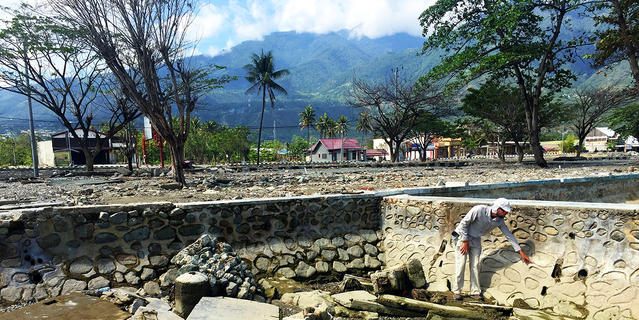 |
|
|
|
|
Indonesia: Investigating a Tsunami
|
|
01.16.2019 |
|
Geology
On September 28th, the city of Palu in Indonesia was struck by a violent tsunami that claimed thousands of victims. An international team of scientists was dispatched on-site to better understand the dynamics of the devastating wave. Two French researchers, including the geoarcheologist Jean-Philippe Goiran, were part of the mission.
|
|
Read the article
|
|
|
|
|
 |
|
|
|
|
Edgar Morin: In praise of complex thought
|
|
01.07.2019 |
|
Anthropology
From French song writing to the mishaps of political parties, globalisation and secularism, the philosopher-sociologist Edgar Morin has turned his inquisitive mind to a wide range of topics. Yet even more noteworthy is his way of thinking, in which everything is interwoven. A conversation with the father of “complex thought”…
|
|
Read the article
|
|
|
|
|
|
Also this month
|
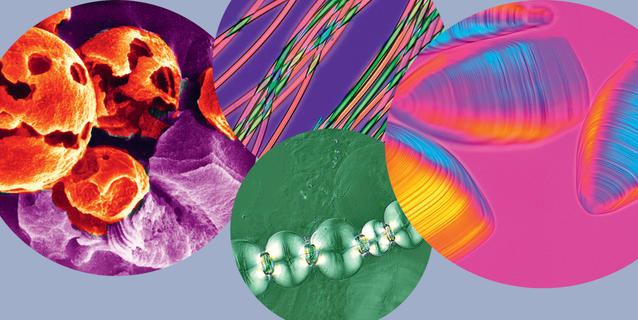 |
|
|
|
Sugars, New Molecules for Health
|
|
12.28.2018 |
|
Chemistry HIV, obesity or Parkinson’s disease are all conditions that could be treated using complex carbohydrates. Inspired by these sugars—present on the surface of all cells—several research teams have developed a variety of strategies, as demonstrated in the context of six applications. |
|
Read the article
|
|
|
|
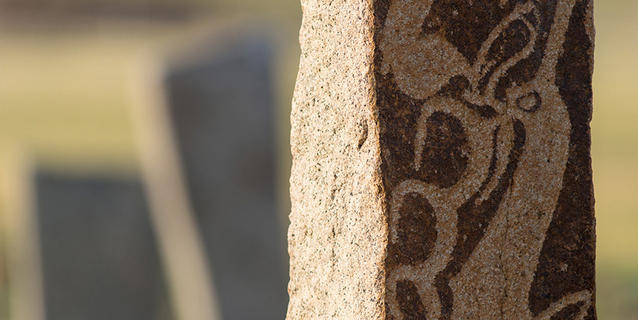 |
|
|
|
The Mysterious Steles of Mongolia
|
|
01.04.2019 |
|
Art and science Nearly a thousand ornamented steles dot the Mongolian steppes. These “deer stones” were erected between 1200 and 800 BC, and are part of large funerary complexes built by nomads from the Karasuk culture or Deer stone civilisation.
|
|
Access the slideshow
|
|
|
|
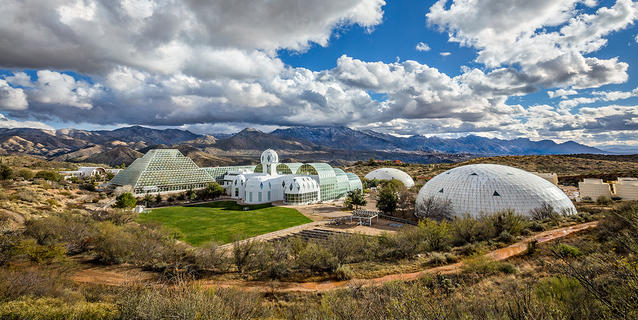 |
|
|
|
In Arizona, a Miniature Earth under a Dome
|
|
12.21.2018 |
|
Environment Biosphere 2, an immense scientific project born in the 1980s, is a miniature version of our planet recreated in the middle of the Arizona desert. Initially intended to prepare for stays on Mars or the moon, the prototype is now used to conduct environmental research and anticipate how ecosystems... |
|
Read the article
|
|
|
|
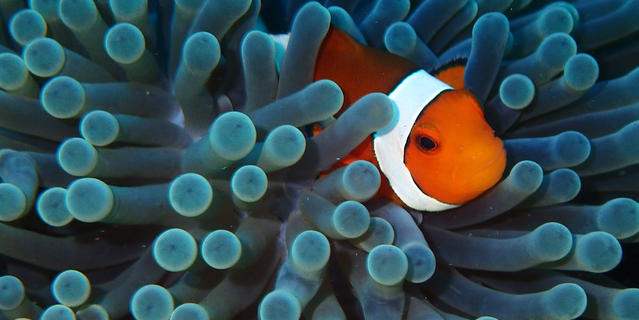 |
|
|
|
The Secret Life of a Clownfish
|
|
01.03.2019 |
|
Biology The creators of the animated film "Finding Nemo" didn't tell us everything about the clownfish. From the role of its white stripes to its struggle for reproduction and hermaphroditism, there's much more to discover about this fascinating star of our coral reefs.
|
|
Read the article
|
|
|
|
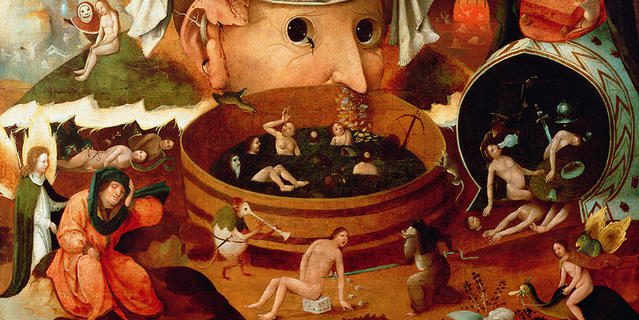 |
|
|
|
A Sociologist in the Realm of Dreams
|
|
01.17.2019 |
|
Sociology Social factors permeate our lives, even affecting the inner world of our dreams. Long a favoured field of examination in psychoanalysis, and more recently the neurosciences, the workings of the sleeping brain are now a focus of sociological analysis. The sociologist Bernard Lahire has authored a... |
|
Read the article
|
|
|
|
 |
|
|
|
Memory on Ice
|
|
01.14.2019 |
|
Glaciology The goal of the Ice Memory programme, launched in 2015 by the glaciologists Jérôme Chappellaz and Patrick Ginot, is to create a global ice archive sanctuary in Antarctica. And they must act quickly, as glaciers everywhere are melting due to global warming, taking with them invaluable information... |
|
Access the slideshow
|
|
|
|
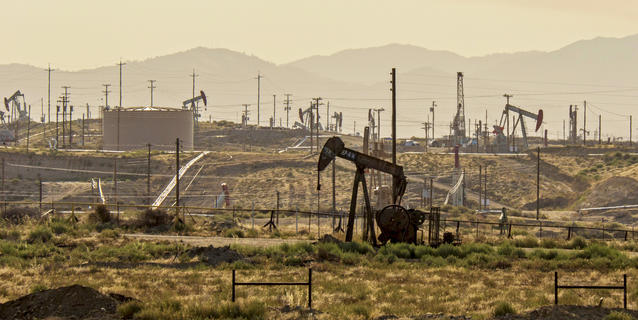 |
|
|
|
Fossil Fuels: Drilling where it Matters
|
|
12.20.2018 |
|
Physics chemistry Using extraordinarily detailed 3D images of the internal structure of kerogen—the organic matter in source rocks from which fossil fuels are extracted—a French-American team demonstrates that the size and connectivity of its pores will determine a deposit’s mining potential.
|
|
Read the article
|
|
|
|
 |
|
|
|
For the Love and Hate of Smartphones
|
|
01.09.2019 |
|
Technology In a recently-published essay entitled "The Third Brain,” the researcher Pierre-Marc de Biasi alerts us to our increasing dependency on the smartphone, an "intrusive, manipulative and addictive" device.
|
|
Read the article
|
|
|
|
|
|
|